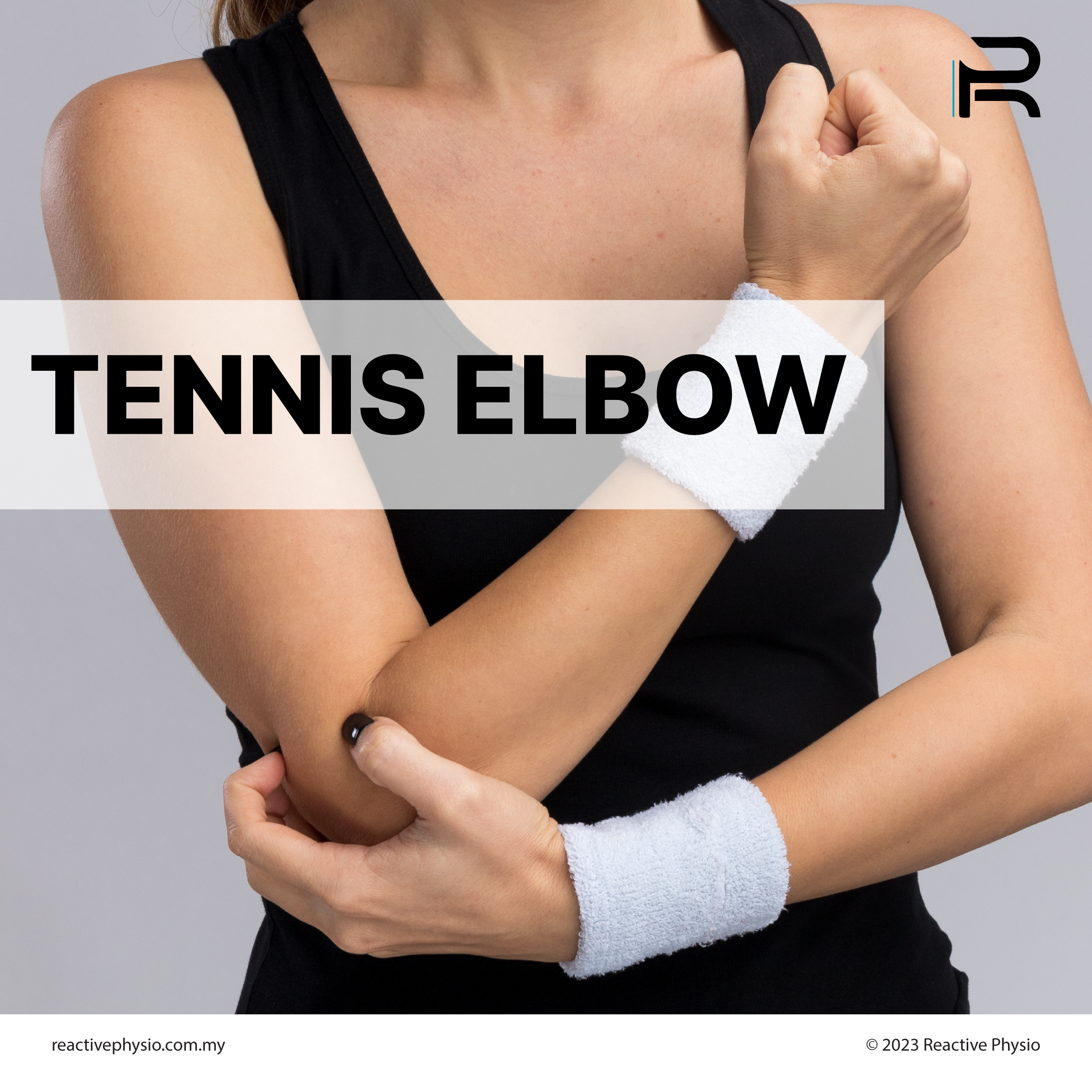In the realm of physical discomfort, Tennis Elbow emerges as a persistent adversary that can disrupt the rhythm of your daily life. Have you ever experienced aching pain on the outer side of your elbow? If so, you might be grappling with Tennis Elbow, scientifically known as Lateral Elbow Tendinopathy. This condition, closely tied to tendon issues, is often the result of repetitive overuse of the tendon, which can stem from activities as diverse as typing, gardening, or, yes, even tennis. But fear not – amidst the pain lies hope, and the promise of returning to an active life is within your grasp. By navigating the intricacies of symptom management and making thoughtful lifestyle changes, you can break free from the grip of Tennis Elbow.
Understanding Tennis Elbow: Unmasking the Culprit
Tennis Elbow isn’t reserved solely for athletes; it can affect anyone whose daily routine involves repetitive arm movements. The pain, often concentrated on the outer part of the elbow, is an indicator of the strain placed on the tendons. While the name might suggest a sports-specific origin, this condition can be triggered by a range of activities, from typing at a desk to gripping gardening tools. The underlying cause lies in the repetitive overuse of the tendon, which leads to inflammation and discomfort. This is where awareness and intervention come into play – recognizing the signs of Tennis Elbow is the first step toward reclaiming an active and pain-free life.
Reactive Physio’s Guiding Hand: Navigating the Road to Recovery
At Reactive Physio, we stand by your side as you navigate the journey to conquer Tennis Elbow. Our expert guidance is rooted in a multifaceted approach aimed at not only alleviating your pain but also restoring your ability to lead an active life. The process begins with the reduction of load on the affected area, allowing the tendon to gradually heal without further strain. Strategic adjustments in activity levels are pivotal to this process, ensuring a gentle transition to recovery.
Rehabilitation Through Targeted Exercises: Strengthening and Healing
In addition to load management, targeted exercises play a crucial role in your rehabilitation. Wrist extensions and isometric exercises, meticulously designed to strengthen the affected areas, form the cornerstone of our treatment plan. These exercises are your allies in restoring strength and stability to the tendon, facilitating healing and reducing discomfort. As you embark on this journey, we also introduce you to the Tyler twist technique, a specialized method that promotes healing while concurrently alleviating pain. Moreover, the incorporation of a counterforce elbow brace or support adds an extra layer of stability, safeguarding the vulnerable area and allowing you to resume your daily activities with confidence.
Conclusion: A Return to an Active Life Awaits
Tennis Elbow might test your resilience, but remember, you hold the power to overcome its grip. By embracing the support and guidance of Reactive Physio, you’re arming yourself with a comprehensive strategy to manage symptoms, strengthen affected areas, and embark on a journey to recovery. Let Tennis Elbow serve as a reminder that self-care, strategic interventions, and expert support are catalysts for reclaiming an active and pain-free life. Book a consultation with Reactive Physio today, and take that crucial step toward resuming the activities you love, armed with strength, confidence, and determination.
RE+ACTIVE is your trusted centre for Physiotherapy and Rehab Pilates — designed to support individuals through every stage of recovery, movement enhancement, and long-term wellness.
Whether you’re dealing with chronic pain, recovering from injury, improving postural strength, or optimizing movement for sport and daily life, we take an active and personalized approach to help you thrive.
We’re here to help
Talk to Us
Medical disclaimer: The information provided above is for reference only and not supposed to replace the formal medical consultation, diagnosis, advice, treatment, or service provided by qualified healthcare professionals in real-life situations. If you are experiencing any pain or discomfort, please be sure to consult a physician, physical therapist, or other qualified healthcare professional.









